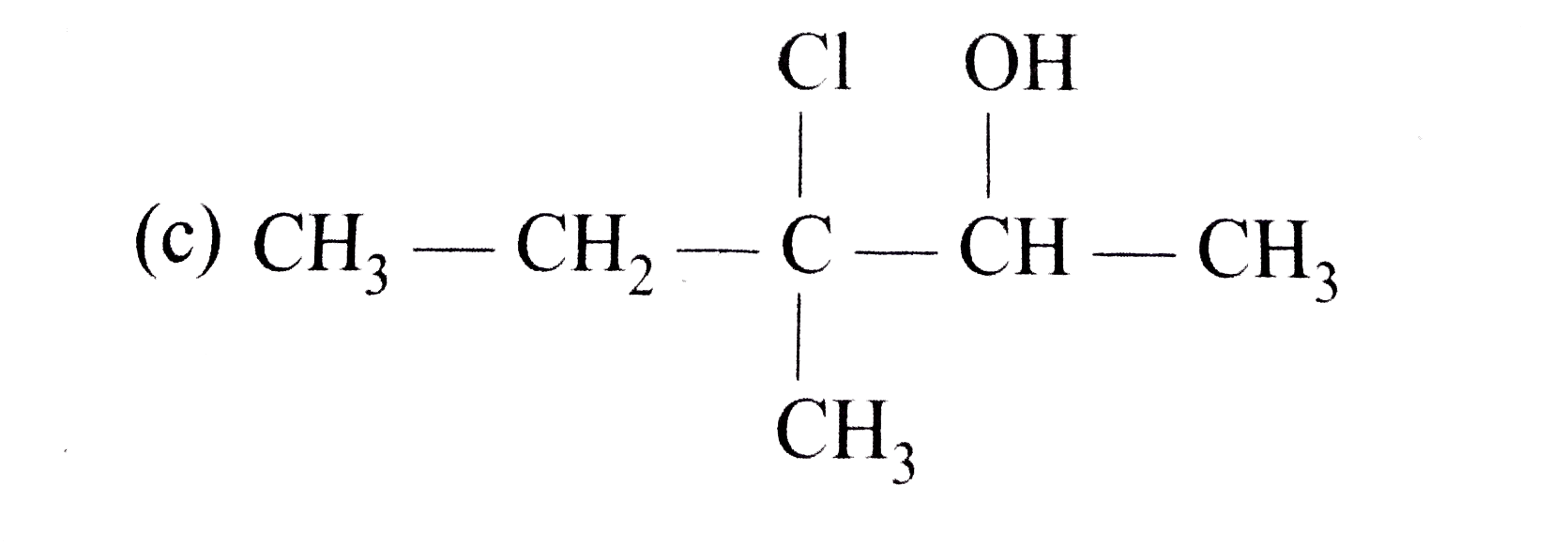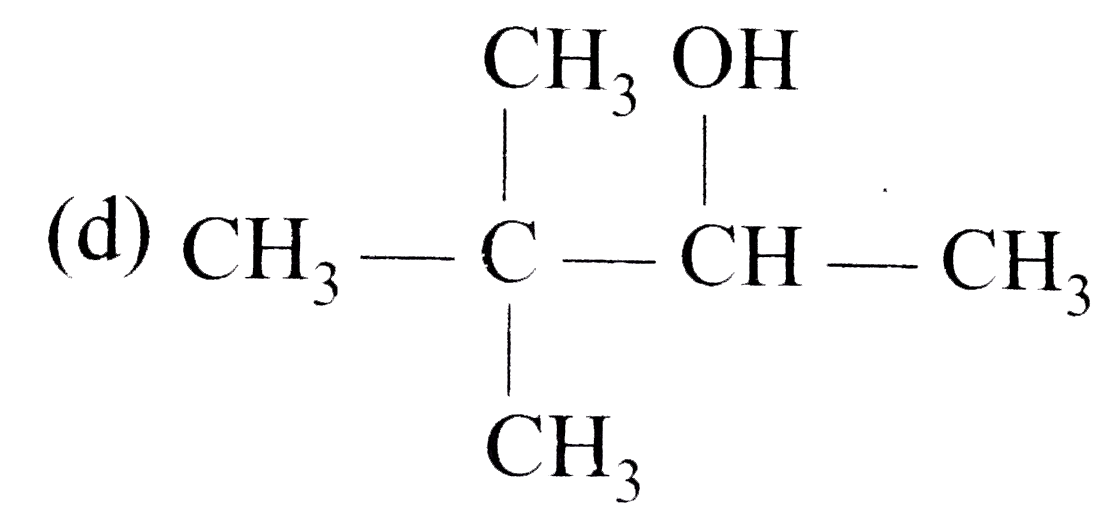The number of possible isomeric products formed when 3-chloro-1-butene reacts with HCI through carbocation formation is
To determine the number of possible isomeric products formed when 3-chloro-1-butene reacts with HCl through carbocation formation, we can follow these steps:
Step 1: Draw the Structure of 3-Chloro-1-butene
3-Chloro-1-butene has the following structure:
- The double bond is between the first and second carbon atoms.
- The chlorine (Cl) atom is attached to the third carbon atom.
The structure can be represented as:
Cl∣H2C=C−CH2−CH3
Step 2: Identify the Mechanism of Reaction
When 3-chloro-1-butene reacts with HCl, the reaction proceeds through a carbocation intermediate. The double bond will attack the hydrogen (H) from HCl, leading to the formation of a carbocation.
Step 3: Formation of Carbocation
The addition of HCl to 3-chloro-1-butene will result in the formation of a secondary carbocation at the second carbon atom:
H∣H2C−C±CH2−CH3
Where C^+ represents the positively charged carbon atom.
Step 4: Consider Hydride Shift
A hydride shift can occur from the neighboring carbon (C1) to the carbocation (C2), leading to a more stable carbocation:
H∣H2C−CH±CH2−CH3
This results in a new carbocation at the first carbon.
Step 5: Identify Possible Products
Now, we can identify the possible products formed from the two carbocations:
1. From the original secondary carbocation:
- The addition of Cl- can lead to:
- 2-chloro-2-butene (from the secondary carbocation)
- 3-chloro-1-butene (the starting material)
2. From the shifted carbocation:
- The addition of Cl- can lead to:
- 1-chloro-2-butene (from the primary carbocation)
Step 6: Count the Isomers
Now, let's summarize the isomers:
1. 2-chloro-2-butene
2. 3-chloro-1-butene (the starting material)
3. 1-chloro-2-butene
Additionally, we need to consider stereoisomers:
- 2-chloro-2-butene has no stereoisomers.
- 1-chloro-2-butene has two stereoisomers (due to the presence of a double bond).
Final Count of Isomers
- 1-chloro-2-butene (2 stereoisomers)
- 2-chloro-2-butene (1 isomer)
- 3-chloro-1-butene (1 isomer)
Thus, the total number of isomeric products is:
- 2 (from 1-chloro-2-butene) + 1 (from 2-chloro-2-butene) + 1 (from 3-chloro-1-butene) = 4 isomers.
Conclusion
The number of possible isomeric products formed when 3-chloro-1-butene reacts with HCl is 4.
---
3-Chloro-1-butene has the following structure:
- The double bond is between the first and second carbon atoms.
- The chlorine (Cl) atom is attached to the third carbon atom.
Cl∣H2C=C−CH2−CH3
When 3-chloro-1-butene reacts with HCl, the reaction proceeds through a carbocation intermediate. The double bond will attack the hydrogen (H) from HCl, leading to the formation of a carbocation.
The addition of HCl to 3-chloro-1-butene will result in the formation of a secondary carbocation at the second carbon atom:
H∣H2C−C±CH2−CH3
Where C^+ represents the positively charged carbon atom.
A hydride shift can occur from the neighboring carbon (C1) to the carbocation (C2), leading to a more stable carbocation:
H∣H2C−CH±CH2−CH3
This results in a new carbocation at the first carbon.
Now, we can identify the possible products formed from the two carbocations:
1. From the original secondary carbocation:
- The addition of Cl- can lead to:
- 2-chloro-2-butene (from the secondary carbocation)
- 3-chloro-1-butene (the starting material)
2. From the shifted carbocation:
- The addition of Cl- can lead to:
- 1-chloro-2-butene (from the primary carbocation)
Now, let's summarize the isomers:
1. 2-chloro-2-butene
2. 3-chloro-1-butene (the starting material)
3. 1-chloro-2-butene
- 2-chloro-2-butene has no stereoisomers.
- 1-chloro-2-butene has two stereoisomers (due to the presence of a double bond).
- 1-chloro-2-butene (2 stereoisomers)
- 2-chloro-2-butene (1 isomer)
- 3-chloro-1-butene (1 isomer)
- 2 (from 1-chloro-2-butene) + 1 (from 2-chloro-2-butene) + 1 (from 3-chloro-1-butene) = 4 isomers.
The number of possible isomeric products formed when 3-chloro-1-butene reacts with HCl is 4.
Topper's Solved these Questions
Similar Questions
Knowledge Check
The predominant product formed when 3− methyl −2−pentene reacts with HOCl is
A B
B C
C D
D
The predominant product formed when 3− methyl −2−pentene reacts with HOCl is
ACH3−CH2−Cl∣C∣CH3−OH∣CH−CH3BCH3−CH2−Cl∣C∣CH3−Cl∣CH−CH3CCH3−CH2−OH∣C∣CH3−C∣ClH−CH3DCH3−CH3∣C∣CH3−OH∣CH−CH3Product formed when excess Cl2 reacts with NH3
ANCl3BH2N−NH2CN2DNH4Cl
When ethyl amine reacts with HCI the product formed is
View SolutionCl2 is formed when HCI dilute is reacted with
View SolutionWhat are the products formed when NH3 reacts with I2 ?
View SolutionWhen XeO3 reacts with XeOF4, the product formed is
View SolutionWhen XeO3 reacts with XeOF4, the product formed is
View Solution
